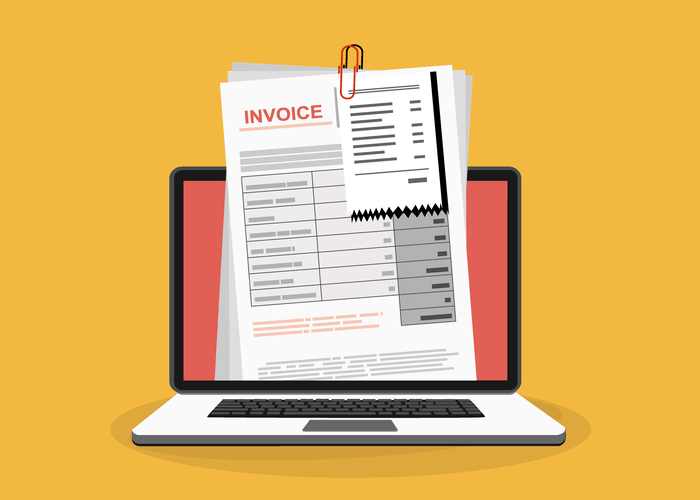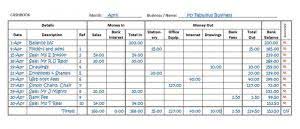
Keir is an industry expert in the small business and accountant fields. With over two decades of experience as a journalist and small business owner, he cares passionately https://www.bookstime.com/ about the issues facing businesses worldwide. Unearned revenue is money that has been received by a customer in advance of goods and services delivered. Liabilities refer to short-term and long-term obligations of a company.
How are liabilities used in calculating a company’s net worth?
If it is expected to be settled in the short-term (normally within 1 year), then it is a current liability. A contingent liability is a potential liability that will only be confirmed as a liability when an uncertain event has been resolved at some point in the future. Only record a contingent liability if it is probable that the liability will occur, and if you can reasonably estimate its amount. If a contingent liability is not considered sufficiently probable to be recorded in the accounting records, it may still be described in the notes accompanying an organization’s financial statements. The values listed on the balance sheet are the outstanding amounts of each account at a specific point in time — i.e. a “snapshot” of a company’s financial health, reported on a quarterly or annual basis. Current liabilities are obligations that a company needs to settle within a year, whereas long-term liabilities extend beyond a year.
What is a Contingent Liability?

One of the key steps in planning for future obligations is to thoroughly analyze a company’s balance sheet, identifying both short-term and long-term liabilities. This enables decision-makers to prioritize their payments and allocate resources accordingly. During the operating cycle, a company incurs various expenses for which it may not immediately pay cash. Instead, https://www.facebook.com/BooksTimeInc/ these expenses are recorded as short-term liabilities on the company’s balance sheet until they are settled. The operating cycle refers to the period of time it takes for the business to turn its inventory into sales revenue and then back into cash, which helps cover these expenses. A well-managed operating cycle ensures that there is sufficient cash flow to meet these liabilities as they come due.

Long-Term Debt
Debt obligations are common among individuals, companies, and governments. Generally, the degree to which liabilities are used often determines their quality. Assets, liabilities, and equity are reported on a balance sheet utilizing what is commonly referred to as The Accounting Equation. The largest debts owed within this category tend to be bonds, often referred to as long term debt.
- This common practice generally results in a large accounts payable liability.
- It is possible to have a negative liability, which arises when a company pays more than the amount of a liability, thereby theoretically creating an asset in the amount of the overpayment.
- A summary of liability types can be found in the illustration below.
- Having the right accounting tools at your disposal can help you stay on top of your liability commitments.
This obligation to pay is referred to as payments on account or accounts payable. These debts usually arise from business transactions like purchases of goods and services. For example, a business looking to purchase a building will usually take out a mortgage from a bank in order to afford the purchase. The business then owes the bank for the mortgage and contracted interest. In a sense, a liability is a creditor’s claim on a company’ assets.
Your accounts payable balance, taxes, mortgages, and business loans are all examples of things you owe, or liabilities. Liabilities play a crucial role in evaluating a company’s financial health. By analyzing the types, amounts, all liabilities in accounting and trends of a company’s liabilities, it is possible to gauge its financial position, stability, and risk exposure. A company with too many liabilities compared to its assets may face cash flow problems or increased financial risk.

- This is to help guarantee that any debts or obligations your business has can get met.
- These are the periodic payments made by a lessee (the business) to a lessor (property owner) for the right to use an asset, such as property, plant or equipment.
- Your accounts payable balance, taxes, mortgages, and business loans are all examples of things you owe, or liabilities.
- The money borrowed and the interest payable on the loan are liabilities.
- Liabilities are unsettled obligations to third parties that represent a future cash outflow, or more specifically, the external financing used by a company to fund the purchase and maintenance of assets.
For example, an entity routinely records provisions for bad debts, sales allowances, and inventory obsolescence. Less common provisions are for severance payments, asset impairments, and reorganization costs. Liabilities are unsettled obligations to third parties that represent a future cash outflow, or more specifically, the external financing used by a company to fund the purchase and maintenance of assets.








